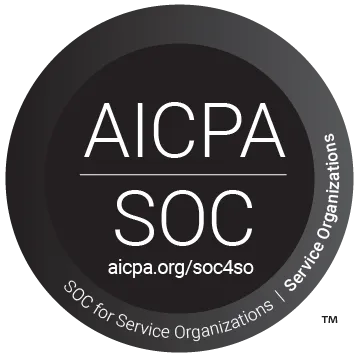Whether you find yourself traveling by car, bike, train, bus or foot, you’ve probably thought to yourself “gosh, there are so many people moving through here, if only there was a better way to manage all of this.” If so, you’ve stumbled across the concept of Transportation Demand Management, or TDM.
The Association for Commuter Transportation, of which Jawnt is a proud member, defines TDM as:
Transportation Demand Management (TDM) is the use of strategies to inform and encourage travelers to maximize the efficiency of our transportation systems leading to improved mobility, reduced congestion, and lower vehicle emissions.
These strategies can be massive efforts that require regional coordination and capital expenditure, such as building new HOV lanes. Or they can be as human-scaled and hyper-local and hyper-local as offering bike safety classes. Regardless of the level of difficulty or potential for impact, TDM is about making it easier to travel by anything other than driving alone.
Before the pandemic, and even still today, transportation constitutes an enormous share of our global carbon emissions, and commutes make up a sizable portion of that transportation. As a result, Commuter benefits are both a relatively easy and high impact TDM strategy.
Commuter benefits, as defined by the US federal government, allow employees to save money on their transit commutes. By encouraging, or in some cases requiring, employers to offer commute benefits, employees save money while reducing traffic and carbon emissions.
To learn more about TDM, we recommend the following resources.










.png)
.png)


